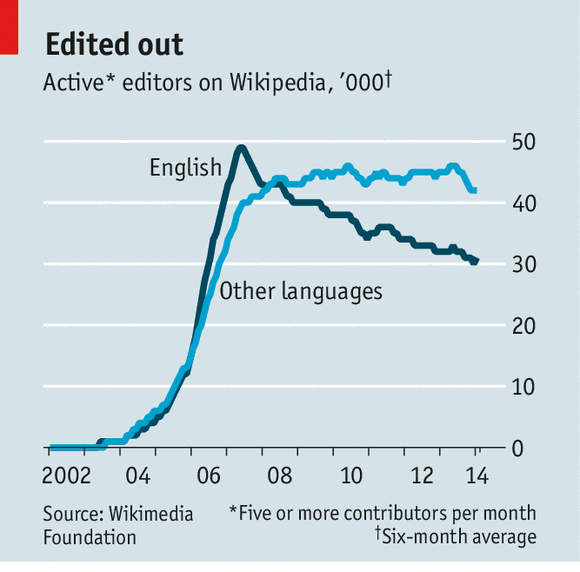With all the recent industry fuss over ad trackers, I got responsible and reinstalled Ghostery on my browser, and I activated many of its blockers. This has had several interesting effects.
One is that active tracker blocking is invasive in its own way. I’m creating hardships in my own browsing experience that privacy hard-liners don’t mention. If I block optimization schemes too aggressively, I can break essential functions once in awhile, including a site I manage at work whose navigation is mboxed for Adobe Test & Target tracking. Visiting Monoprice with Ghostery on, I discovered today, gnarls their top nav, too, and their search box disappears. And so on.
Another is the level of awareness that Ghostery creates in the end-user. I know about ad networks and trackers, of course I do, I’ve been in this industry 20 years now. But I didn’t actively think about them all that often.
Then I turned on Ghostery, and I visited copypastecharacter.com, a humble little type-geek website that allows for quick unicode character finding. And in finding my ✔, I also found 87 trackers. Eighty-seven! I no longer wonder what purpose the site serves beyond its builders’ nerdy satisfaction: it’s a robust ad engine. As are many other websites for whom users unwittingly expose their usage details.
The full list, behind the jump, for posterity’s sake.
